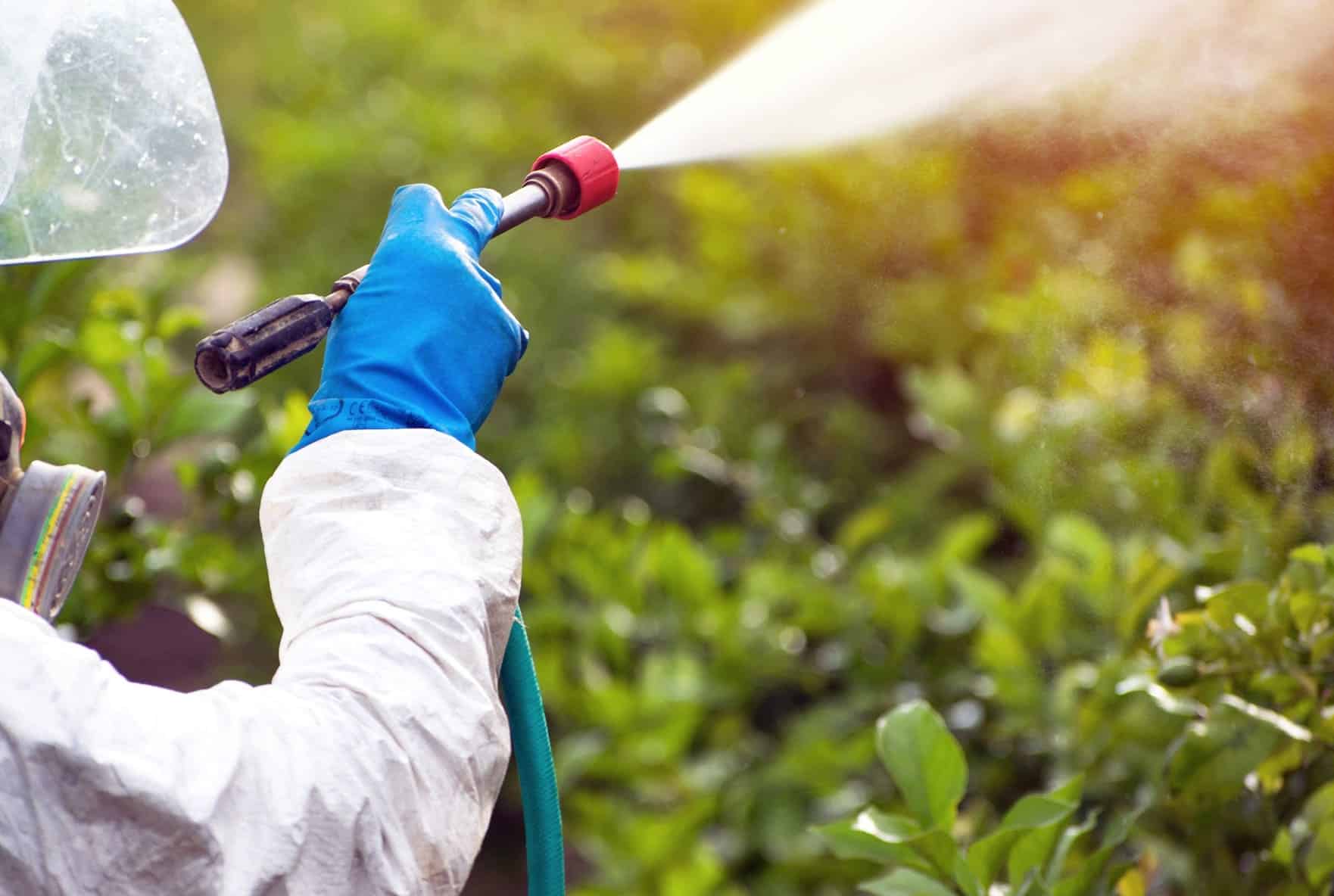It is a molecule and active substance of herbicides used mainly to destroy weeds. The molecule penetrates plant tissues by adding substances called tensioning. Once inside, the glyphosate blocks the biochemical processes that allow the plant to produce several amino acidsthe basic components of its organic matter. Unable to grow or defend itself, the plant dies.
Very effective above all plants and low cost, glyphosate is the most used pesticide in the world: to undo fields between two cereal crops, in arboriculture, in viticulture or for the maintenance of urban and industrial spaces. But in some EU member countries, as is the case in France, the application of glyphosate is prohibited in public spaces, as well as its sale to individuals.
Los Genotoxic effects of glyphosate are well known. This mechanism, which is at the origin of various pathologies, particularly cancershas been highlighted by numerous scientific studies. That is why, in 2015, the International Agency for Cancer Research (IARC)) classified glyphosate as “probably cancer for humans.”


A toxic agent on the banks of the reservoirs?
The Segura Hydrographic Confederation has authorized in the hiring file The use of glyphosate herbicide for the elimination of weeds in the ditches on the banks of the Fuensanta, Camarillas and Cenajo reservoirs, in the Alto del Río Segura (Albacete). A decision to which Greenpeace, Caralluma and the Northwest Defense Council oppose.
This measure, aimed at the control of vegetation in riverside areas, raises serious risks for water quality, people’s health and biodiversity of the region. In addition, it does not even take into account the Good practices manuals published by the Ministry of Ecological Transition itself.
What about glyphosate?
The use of glyphosate is serious Negative effects on health and biodiversity in aquatic ecosystems:
- Toxicity for aquatic organisms: Glyphosate is classified as toxic to aquatic life, with lasting effects. It affects a wide range of organisms, from microscopic algae to fish, mollusks, amphibians and earthworms.
- Impact on the trophic chain: Studies have shown that glyphosate can affect the fertility of microcrustaceans that form the base of the aquatic food chain. This can have cascade consequences for species that depend on these organisms such as food.
- Alteration of microbial communities: Glyphosate can stimulate the abundance of certain aquatic bacteria while suppressing others, altering the balance of microbial communities. This can cause unexpected changes throughout the ecosystem.
- DNA damage and oxidative stress: Even at low concentrations, glyphosate and its commercial formulations can damage DNA and cause oxidative stress in fish and other aquatic organisms.
- Reduction of plant biodiversity: By eliminating certain plants, glyphosate also indirectly affects the animal species that depend on them for reproduction or food.
- Persistent contamination: Glyphosate accumulates in soils and waters, acting as a pseudo -persistent pollutant that continuously affects aquatic ecosystems.
- Increased vulnerability to climate change: The presence of glyphosate in aquatic ecosystems increases the Fragility of certain species against climate change, negatively affecting their survival.
It is a probable carcinogen
Glyphosate, classified by the World Health Organization as “probably carcinogenic for human beings”, has been the subject of intense debate due to its potential harmful effects about health and environment. The complainants have expressed their firm opposition to this authorization, warning about the serious consequences that it could have for the river ecosystem and in the crops in the Vega del Segura, downstream from which it intends to fumigate (apply by liquid in spray) the CHS.
According to these organizations, glyphosate pollution in Spanish rivers has already reached alarming levels, with concentrations that in some cases exceed hundreds of times the permitted limits. The application of this herbicide on the banks of the Reservoirs of Alto Segura could exacerbate this situation, putting at risk the quality of the water that supplies hundreds of thousands of people and which is used in irrigation of ecological crops and with designation of originamong which is Calasparra rice.
The consequences of this decision could also be devastating for the aquatic fauna and flora of the Segura River. He glyphosate, being dragged by the rains and runoff towards the riverbed, would not only affect the target plantsbut it could also damage aquatic organisms and alter the delicate balance of the ecosystem.
Besides, Water pollution for this herbicide poses serious concerns for public health, since the Segura River is a crucial source of drinking water for numerous communities. Recent experience with bentazone pollution in the same river demonstrates the vulnerability of these water resources and the importance of protecting them from dangerous chemical agents.
The denouncing organizations They propose sustainable and environmentally respectful alternatives for vegetation control on the banks of reservoirs: Controlled grazing and the sowing of native species that naturally compete with unwanted plants, the use of natural solutions – as mixtures of vinegar, water and biodegradable soap – or the use of sodium bicarbonate have proven to be effective and safe for the environment.
“The authorization of the use of glyphosate in Alto Segura represents a setback in the efforts to protect our water resources and preserve biodiversity. It is imperative that the authorities reconside this decision and adopt a more sustainable and ecological approach to the management of riverside vegetation. Experience in other regions has shown that it is possible to maintain control of weeds without resorting to toxic herbicides that endanger the health of ecosystems and communities.
The Segura Hydrographic Confederation has the responsibility to protect this valuable natural resource and ensure that future generations can enjoy a clean and healthy safe river. It is time to bet on innovative and environmental solutions that allow us to move towards a more sustainable management of our soils and our water resources ”, Organizations declare.

